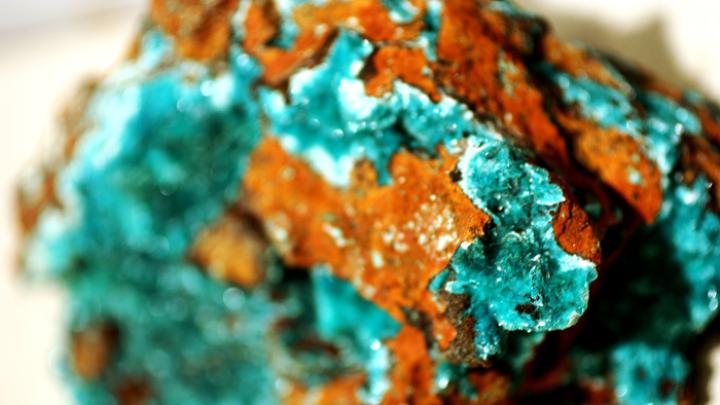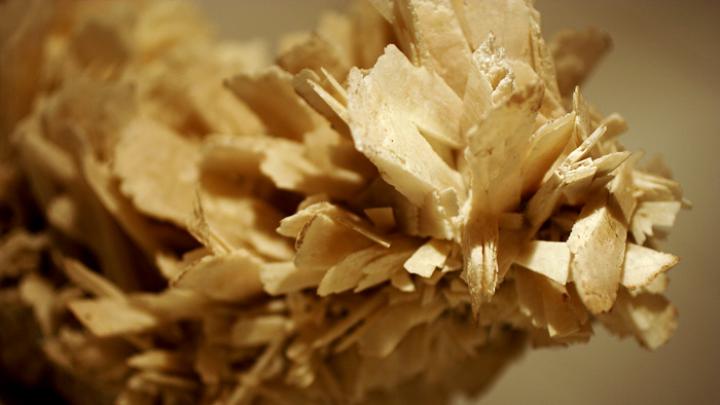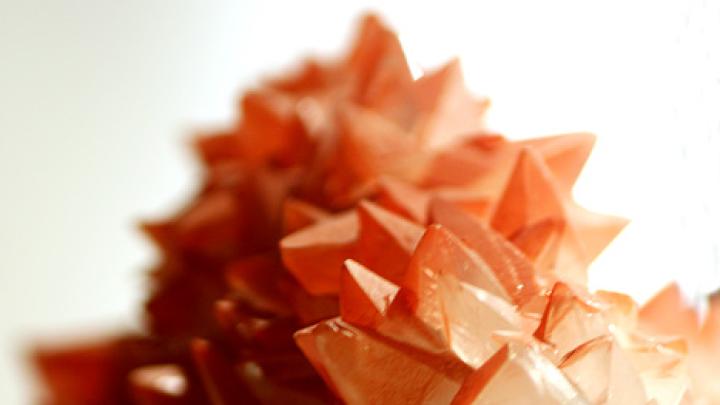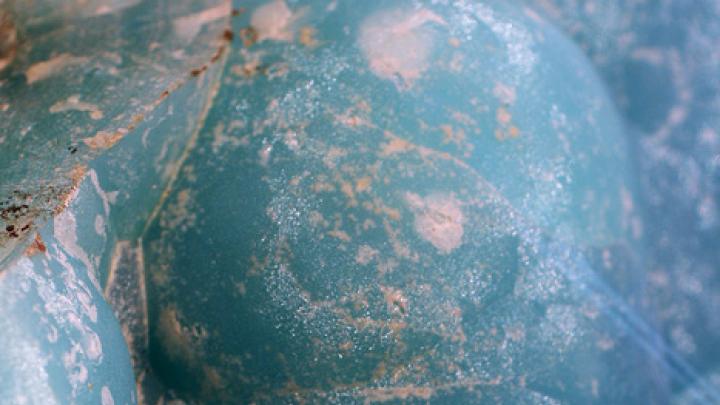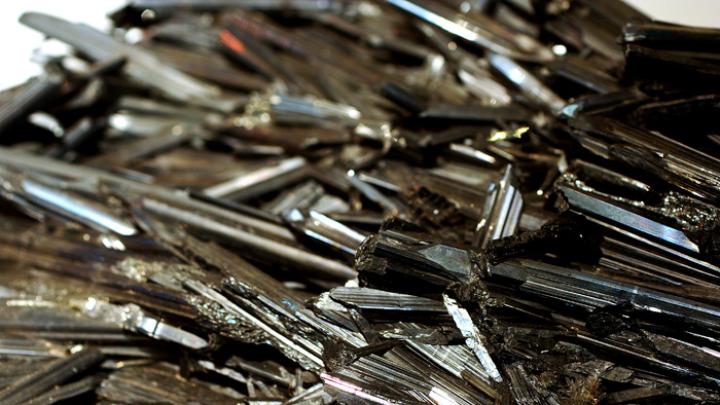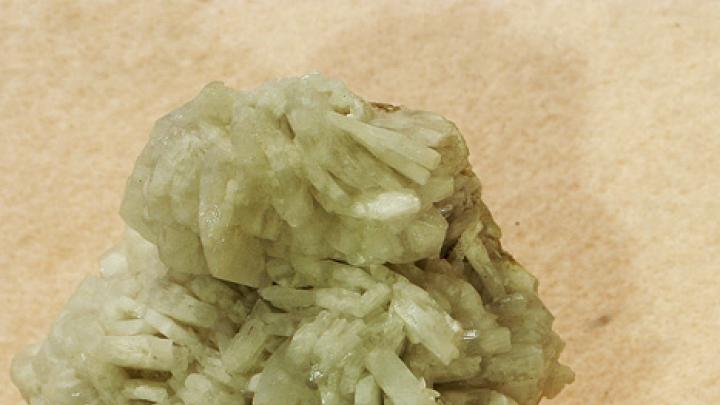The Harvard Museum of Natural History’s mineralogical collections offer visitors a glorious display of shapes and colors, as the photograph of crocoite in the May-June issue makes clear. Here are a few more specimens to enjoy, with caption material provided by Carl A. Francis, associate curator of the Mineralogical Museum.
The photographs were taken by Patrick Rogers. For examples of his work as a portrait and wedding photographer, see his website: www.IAmWhatISee.com. His job at the University is as evening imaging supervisor in the Harvard College Library's Digital Imaging and Photography Services, where he may find a medieval illuminated manuscript or an antique map of the world in front of his lens. Extracurricularly, he explores the Museum of Natural History. "It is easy to spend hours there in quiet reflection," he says, "getting a glimpse at the evolution of this planet over eons as represented by the variety of rocks and minerals in this collection."
